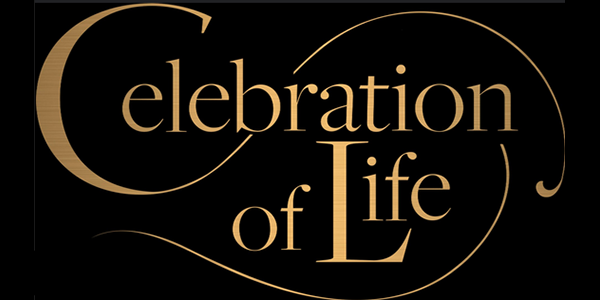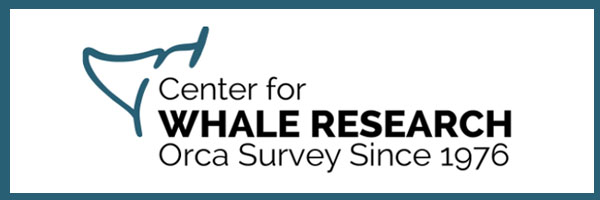The recent return of Chinook salmon to the Glenwood Springs Hatchery located on the Youngren property has been very good. In fact, so good that there is a considerable excess of males required for the spawning process.
Normally, all of the female fish and an equal number of males are harvested for their eggs and sperm and then are given to local farmers for fertilizer. The remaining males also were destined to become fertilizer, as by the time the harvest takes place, they are no longer good to eat.
Rollie Sauer is one of numerous volunteer’s assisting Mike O’Connell, the hatchery manager, who wondered if this overage of salmon could be put to better use.
After talking with several of the staff from Long Live The Kings (LLTK), a non-profit organization committed to restoring wild salmon and steelhead to the waters of the Pacific Northwest which was founded by Jim Youngren, Sauer contacted the Hatchery Management Division of the Washington Department of Fish and Wildlife (WDFW). He explained the abundance of male Chinook salmon at the hatchery and asked if they could be provided to the Orcas Island Food Bank and the Orcas Island Public School’s Food Service. The quick response was yes!
This year is a trial program. If it is successful, it will be considered again for next year, assuming another good return of the salmon to the hatchery.
**If you are reading theOrcasonian for free, thank your fellow islanders. If you would like to support theOrcasonian CLICK HERE to set your modestly-priced, voluntary subscription. Otherwise, no worries; we’re happy to share with you.**








Rollie has performed a real community service with that very imaginative idea. I understand that in most hatcheries, the salmon become fertilizer. Asian counties would not understand that kind of waste of protein. I hope this program becomes a model across the state in the public hatcheries.